Extinguishing the Spark — Microenvironment & Immunity (MIF–CD74 Primer)
This beginner-friendly chapter looks beyond the tumor mass to the “place” that makes GBM easier to grow: the microenvironment. We introduce brain immunity, ECM, and the MIF–CD74 axis as a representative “spark.”
Today’s Goals (3-Minute Preview)
- Grasp the basics of the microenvironment.
- Understand brain-specialized immunity (microglia, infiltrating macrophages, T cells).
- Meet MIF–CD74 as a representative “spark” for tumor progression and immune suppression.
- Outline therapeutic ideas: spark-blocking, niche-optimizing, and combination-first.
What Is the Microenvironment?
The GBM microenvironment comprises immune cells, glia, vasculature, and ECM. Together they shape inflammation, immunosuppression, invasion, and ultimately growth and relapse.
Beginner Box: Three Anchors
- Immunity: T cells, microglia, tumor-associated macrophages (TAMs).
- ECM: adhesion and stiffness set the “ease of movement.”
- Vessels: hypoxia and angiogenesis act like a fuel line.
Brain Immunity 101: Microglia, Macrophages, and T Cells
Resident microglia and infiltrating macrophages shape the immune tone in GBM. They frequently adopt immunosuppressive roles that dampen T-cell activity, creating a “quiet zone” favorable to the tumor.
Why T Cells Struggle
- Suppressive cytokines and metabolic brakes (e.g., lactate).
- Suboptimal antigen presentation.
- Physical barriers (ECM remodeling, edema) that impede trafficking.
The MIF–CD74 Axis: A Representative “Spark”
MIF (Macrophage Migration Inhibitory Factor) is an inflammation-linked cytokine-like mediator; CD74 is a receptor component. In GBM, this axis can be activated between tumor cells (including precancerous stages) and immune cells, promoting tumor progression, immunosuppression, and invasion.
How the “Spark” Lights
- Tumor/pre-CC releases MIF → engages CD74.
- Immune cells respond; tone shifts toward inflammation-to-suppression.
- The niche evolves to favor growth, invasion, and resistance.
Therapeutic Targets
- MIF/CD74 inhibition: antibodies, small molecules, multi-target constructs.
- ECM/invasion control: reshape the scaffold to limit movement.
- Combination-first: pair with cell-cycle or pre-CC–focused agents.
Text Diagram (swap for SVG later)
Niche Feedback Loop
- Tumor/precancer cells → MIF release
- CD74 signaling in immune cells → suppressive tone
- ECM remodeling + angiogenesis → invasion & growth
Intervention Nodes
- Block MIF–CD74
- Tame ECM/adhesion/invasion
- Combine with cell-cycle and pre-CC strategies
Quick Summary
- GBM thrives when the niche cooperates.
- MIF–CD74 illustrates how an early spark can shape suppression and invasion.
- Therapy should blend spark-blocking, niche-optimizing, and combination-first logic.
My View
Targeting tumor cells alone leaves GBM’s niche logic intact. My view is to act on the pre-CC foothold and the microenvironmental spark together—creating regimens that are fewer in number, deeper in reach. Next, we’ll unpack ECM/adhesion and white-matter tract invasion in a beginner-first tone.
Edited by the Morningglorysciences team.
Related Article
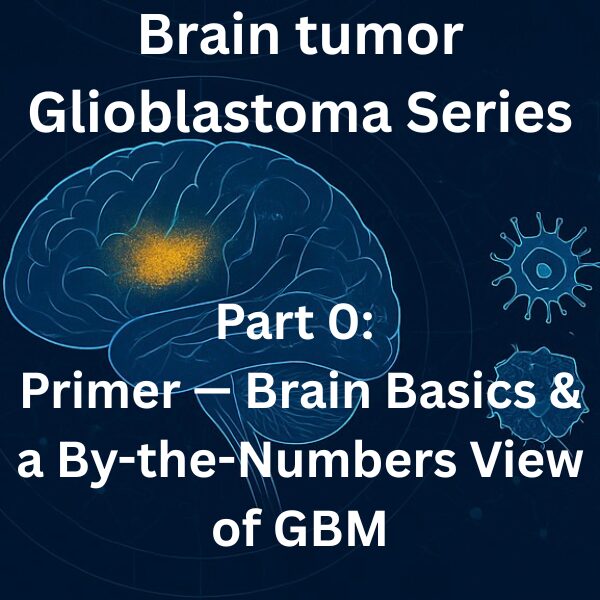
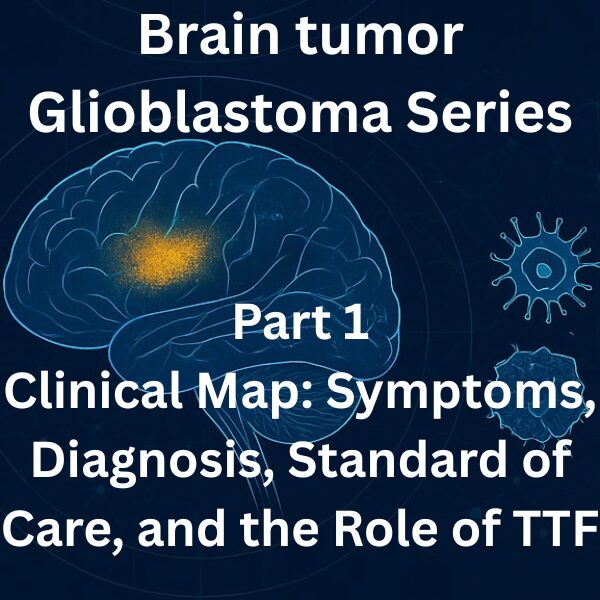
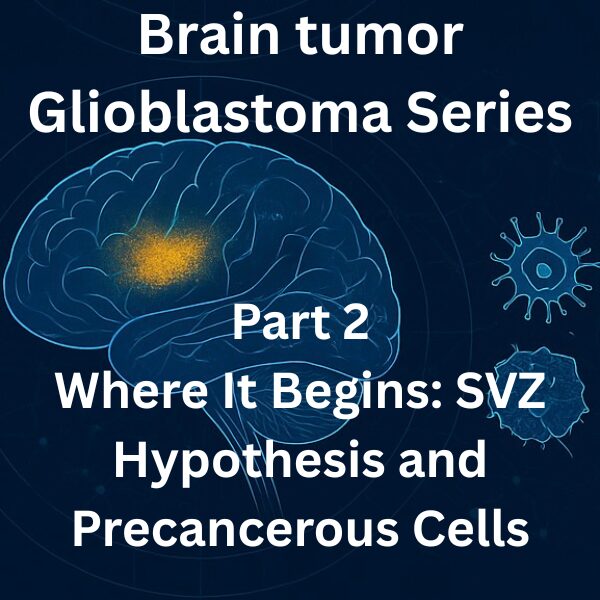
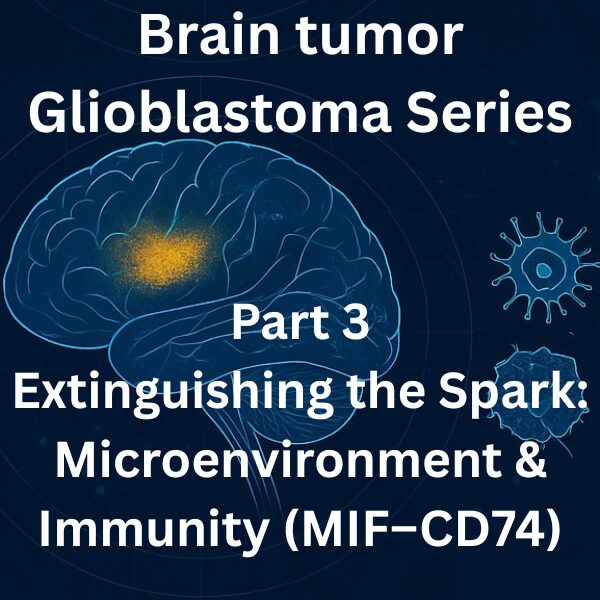
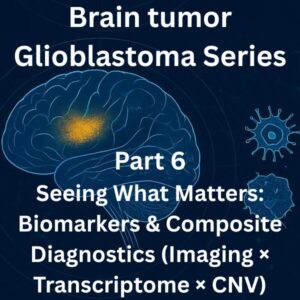
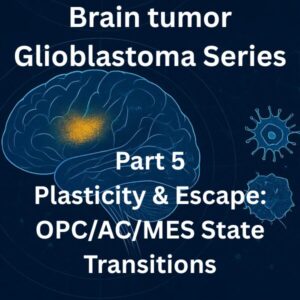
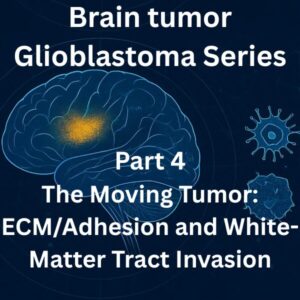
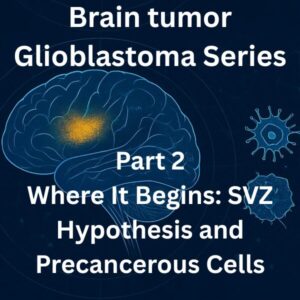
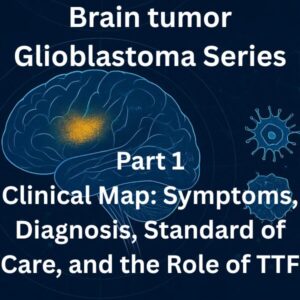
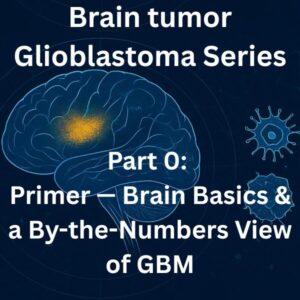
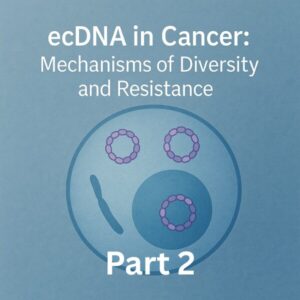
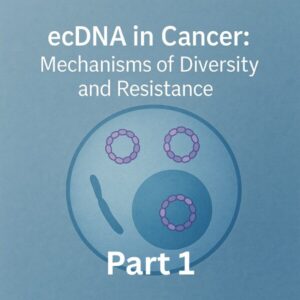
Comments